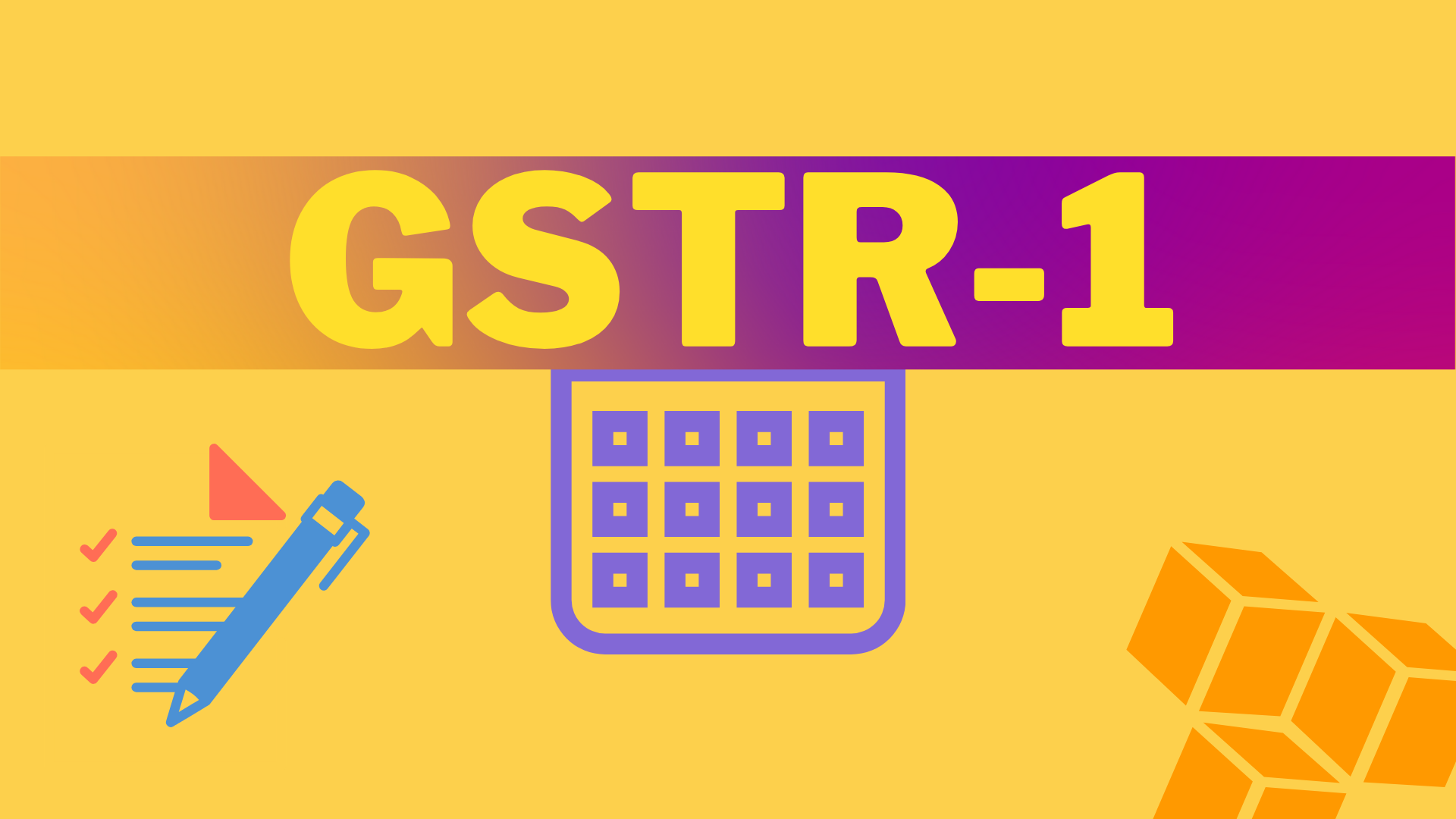As is a commonly known fact, all the taxpayers registered under GST must pay the tax monthly and in case of the taxpayers under the composition scheme, the returns must be filed once for the year. The people registered under GSTR-9 are the regular GST taxpayers and the ones registered under GSTR-9A pay GST under the Composition Scheme.
The formats of both these forms were notified initially by the CBIC, now the form GSTR-9A has been replaced by the form GSTR 4. This change was brought into effect from the FY 2019-20.

This article depicts the details of the form GSTR-9A, along the following lines:
- What is GSTR-9A?
- When was GSTR-9A due?
- Who Had to File GSTR-9A?
- Penalty for the late filing of GSTR-9A?
- Details to be provided in GSTR-9A
- How to prepare GSTR-9A?
- Latest Information
What is GSTR-9A?
For a specific fiscal year up until FY 2018-19, taxpayers who opted for the GST composition scheme were required to file Form GSTR-9A. These quarterly returns contain all the information that the composition taxpayers provided during the financial year.
When was GSTR-9A due?
For a given financial year, the form GSTR-9A was due by 31 December of the following year. For instance, in such a scenario, the composition taxpayer would have been required to file his annual return by 31 December 2018 if they were filing the returns for the FY 2017-18.
Who Had to File GSTR-9A?
GSTR-9A was required to be filed by all taxpayers registering under the composition levy scheme. Taxpayers who were exempt from filing were as follows:
- Taxable non-residents
- Input service distributor
- Casual Taxable Person
- A person who pays TDS pursuant to Section 51 of the Act
- An operator of an e-commerce website who pays TCS pursuant to Section 52 of the Act
Penalty for the Late Filing of GSTR-9A?
The penalty for defaulting the payment of GSTR-9A was charged as follows:
- Under CGST: Rs. 100 per day
- Under UTGST/SGST: Rs. 100 per day
- Total: Rs. 200 per day of default.
It must be noted that the total penalty cannot go beyond the 0.25% of the turnover in the State or Union Territory under CGST or SGST or UTGST.
Details submitted in GSTR-9A
How to Prepare GSTR-9A?
A revision to the format of Form GSTR-9A was published in CGST Notification No. 74/2018 - Central Tax on December 31, 2018.
Taxpayers' annual return contains the data used by the Department of Revenue to assess them. Using the annual return, you can also correct mistakes made when filing the quarterly GSTR-4 or CMP-08 form up to FY 2018-19. Cross-check all information disclosed in GSTR-9A with the books of accounts and your regular returns/forms for the entire financial year. The annual report must contain accurate and true information.
In addition, additional tax liabilities not reported in quarterly GSTR-4 or CMP-08 can be reported in GSTR-9A, and tax can be voluntarily paid along with interest on Form DRC-03.
Latest Information on GSTR-9A
9th March 2021
From FY 2019-20 onwards, the Form GSTR-9A will no longer be used by composition taxpayers since GSTR-4 (Annual return) will replace it. A GSTR-9A is optional, however, and can be filed for FY 2017-18 as well as FY 2018-19.
How Can Deskera Help You?
Deskera Books has everything you need to keep you covered with your accounting process, from journal entries to inventory, invoicing to improving customer relationships.
Discover how easy it could be to keep your records in one place with software that allows you to manage them efficiently. Gain a deeper understanding of the accounting system and process. What a wonderful thing it would be to have all the information you want at your fingertips!
Businesses across India have been intimidated by GST. But no longer!
Deskera will guide you step by step towards achieving the exact information you have always wanted. You will be amazed by how easy it is to use!
With Deskera Books, you can learn in-depth about the primary GST forms, such as GSTR 1, GSTR 2A, GSTR 2B and even the difference between GSTR 9 and GSTR 9C forms.
Deskera's GST video is a great way to get a better understanding of what the company can offer you in terms of GST information.
Key Takeaways
Let’s quickly look back at the highlights of the article:
- The form GSTR-9A has been replaced by the form GSTR 4.
- This change was brought into effect from the FY 2019-20.
- For a specific fiscal year up until FY 2018-19, taxpayers who opted for the GST composition scheme were required to file Form GSTR-9A.
Related Articles










